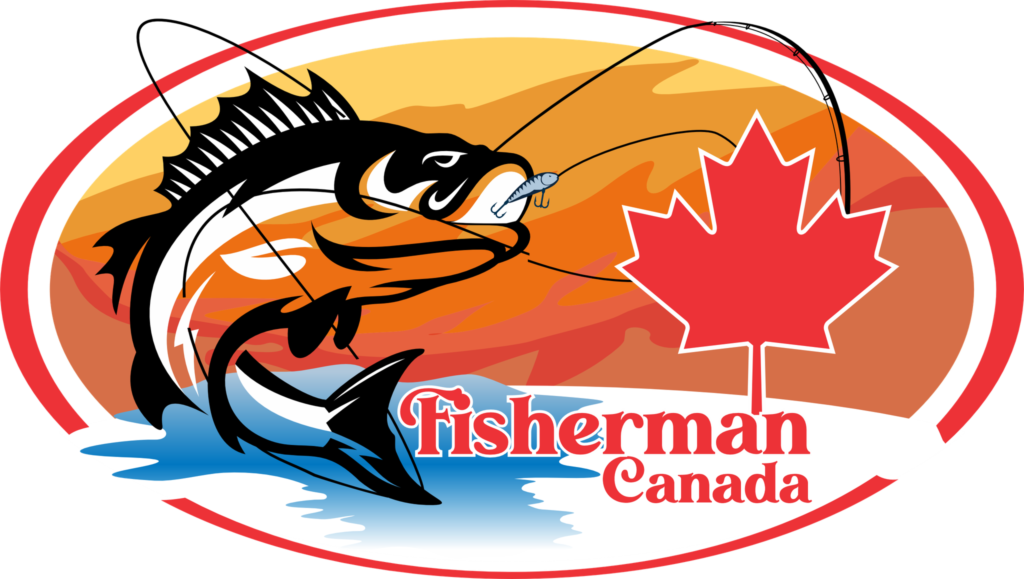Catching panfish can be a relaxing and rewarding experience for anglers of all skill levels. Panfish include species like bluegill, crappie, sunfish, and perch, and they are found in many freshwater bodies such as ponds, lakes, rivers, and even some streams. In this guide, we’ll explore various techniques, equipment, and tips to help you catch panfish successfully.
Know Your Panfish Species:
It’s important to understand the specific panfish species in your area, as their habits and habitats can vary. Bluegill, crappie, sunfish, and perch all have unique behaviors and preferences.
Select the Right Fishing Equipment:
Rod and Reel: A light or ultralight spinning rod and reel combo is ideal for panfish. These offer sensitivity and control when fishing for smaller species.
Fishing Line: Choose a lightweight monofilament or fluorocarbon line in the 2 to 6-pound test range for panfish.
Use the Right Bait:
Live Bait: Live bait options include worms, crickets, and small minnows. These are highly effective for panfish.
Artificial Lures: Small jigs, soft plastics, and tiny crankbaits can also attract panfish. Experiment with different colors and sizes to find what works best.
Learn the Best Techniques:
Still Fishing: This involves casting your baited hook and allowing it to sit in one spot. It’s effective for panfish that are near the surface or along the bottom.
Bobber Fishing: Attach a bobber to your line to suspend the bait at a specific depth. This is great for targeting panfish at various water depths.
Jigging: Use a small jig and twitch it through the water to mimic the movement of prey. This is especially effective for crappie and perch.
Understand Panfish Habitats:
Shallow Water: Panfish often gather in shallow waters, especially during the spring and early summer for spawning.
Weed Beds: Look for areas with submerged vegetation, as panfish often hide in these areas to ambush prey.
Structure: Fallen trees, rocks, and underwater structures are excellent places to find panfish.
Time Your Fishing Trips:
Season: Panfish are active throughout the year, but spring and early summer tend to be the most productive seasons.
Time of Day: Early morning and late afternoon are typically the best times to catch panfish.
Practice Patience:
Panfish can be finicky, so be patient and wait for them to bite. Avoid making excessive noise or sudden movements that could spook them.
Handle Panfish Carefully:
Use a landing net to avoid injuring the fish.
Handle them gently and wet your hands before touching them to protect their delicate skin.
If you plan to release the fish, do so carefully and with minimal harm.
Obey Fishing Regulations:
Check local fishing regulations for size and bag limits, as well as any seasonal closures.
Ensure you have the appropriate fishing license for your area.
Keep Safety in Mind:
Wear appropriate clothing and sunscreen.
Stay hydrated and be aware of your surroundings, especially if fishing from a boat or in remote areas.
Clean and Prepare Your Catch:
If you plan to keep your catch, ensure you clean and gut the fish properly.
Store them in a cooler with ice to maintain freshness.
Enjoy the Experience:
Fishing for panfish is not just about the catch but also about enjoying the peacefulness of nature and the thrill of the chase.
In conclusion, catching panfish can be a fun and satisfying endeavor. By selecting the right equipment, bait, and techniques, and by understanding the habits of panfish, you can increase your chances of success. Remember to respect fishing regulations and the environment, and always practice responsible angling to ensure the future of these beloved freshwater species.

